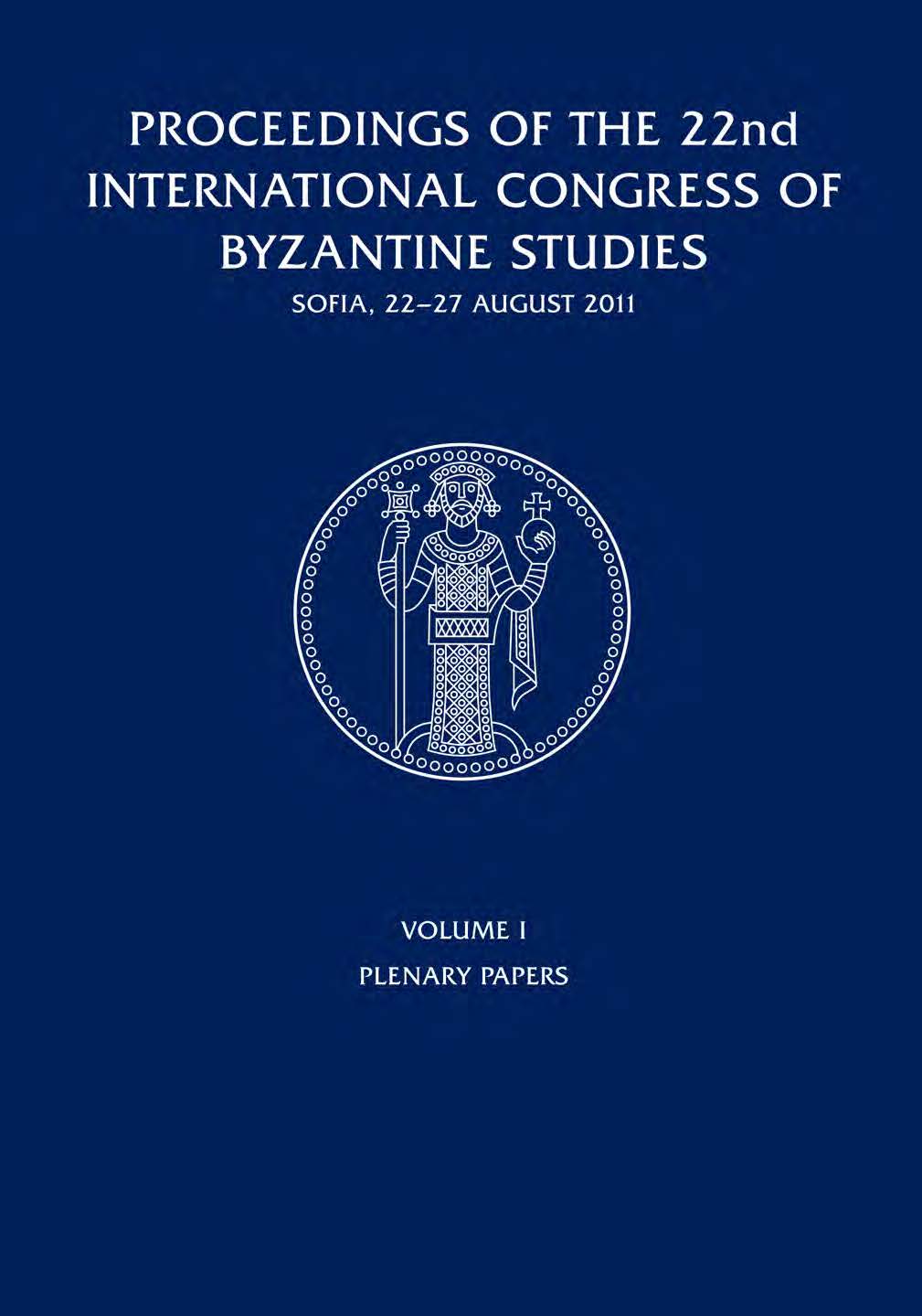








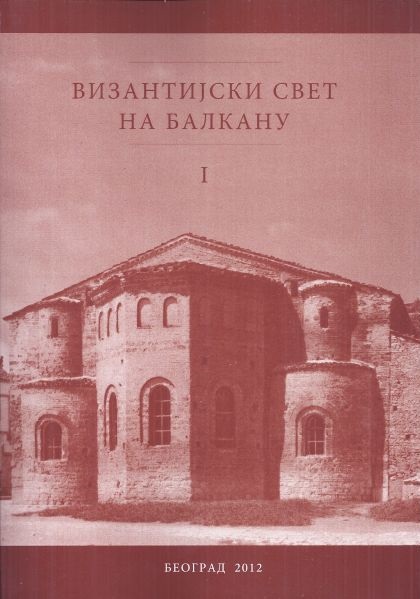
The Sticherarion No. 53 from the National Museum in Ohrid is one of a few notated neumed monuments that belong to the Paleobyzantine period of musical literacy. It is dated at the end of the 11th — beginning of the 12th century, completely written in Greek. Originally, it was not exclusively intended for chanters. The neumes were added later, above the stichera automela. Concerning the notation type, Ohrid No. 53 belongs to the Coislin codex group. The most frequent neume signs suggest developed Coislin symiography. The analogy with the manuscripts dated later is also striking. Namely, there are apparent similarities between Ohrid No. 53 and Vindobonensis theol. gr. 136, which was written during the first half of the 12th century. The elements of so-called Round or Middle Byzantine notation are characteristic for both of the codices. Some of the great — or hyaeronomic signs are also present in the Sticherarion No. 53. The Ohrid neumed collection deserves its place among the family of codices from the second half of the 11th and first decades of the 12th century also for its liturgical text structure. Of special interest are those services indicating the possible Constantinopolitan origin of the collection. By indicating the typical paleographic features of Ohrid No. 53, its approximate position in the written musical tradition of Byzantium is determined.
More...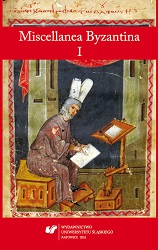

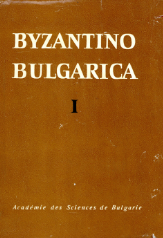

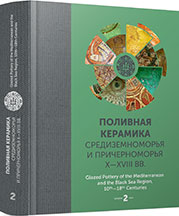
Keywords: Southern Greece; Nemea; Medieval Ages; glazed ceramics; archaeological survey
The study of medieval and post-medieval pottery in Greece and the Eastern Mediterranean has attracted significant interest in recent years. The purpose of this paper is to outline the main trends in the medieval countryside based on the evidence of archaeological regional surveys in central and southern Greece. These projects have established that glazed pottery circulated widely in the 12th and 13th centuries CE. The availability of substantial bodies of ceramic material from rural areas allows us to address questions of production and consumption patterns over time. It is well documented that in southern Greece the quantity of glazed wares increased dramatically after the late 11th century. This increase most likely indicates changes in the organization as well as the technology of glazed pottery production.This paper also includes a case study from the region of Nemea, in southern Greece. The Nemea Valley Archaeological Project (NVAP), an intensive regional survey undertaken in the 1980s, has established that glazed pottery is widely distributed in the Nemea valley and the surrounding area. NVAP also identified a medieval pottery workshop, which, most likely, produced glazed pottery. In addition, the excavations of the Sanctuary of Zeus at Nemea, have recovered large amounts of well-preserved medieval pottery, including diagnostic glazed wares.
More...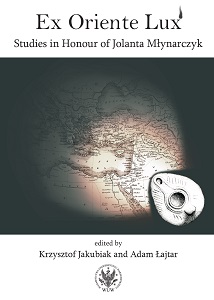
Keywords: oil lamp; Berenike; Red Sea trade; Byzantine empress; African; venationes; Tunisian workshops; ARS; imitation
Two early sixth-century terracotta oil lamps from Berenike are an indirect witness to the sources of trade (and the people involved in the commerce) that passed through the Red Sea port. Oil lamps made of clay were rarely a commodity for sale, yet they traveled inconspicuously, part of the personal luggage or a luxury item, more a souvenir or a gift than a traded item. In a harbor like Berenike, a melting pot of different cultures and tastes, their presence reflects the major and minor players on the local commercial scene. These two special pieces, one absolutely unique in terms of the iconography of its decoration, showcase the individual preferences of their otherwise anonymous owner: on one hand, a belief in the protective power of the image of a Byzantine empress in fifth and sixth century Mediterranean society and, on the other, a taste for the exotic, a portrait head of an African woman (?), expressed in craft work.
More...
Keywords: wall paintings; wall mosaics; marble wall revetments; decorative pavements; Early Christian churches; Levant; prices; raw materials; workmanship
This paper examines the underexplored subject of the wall decorations of Early Christian churches. In its first part, the evidence of the presence of wall paintings, wall mosaics, and marble wall revetments in Early Christian churches of the Levant is presented. For each of the listed sites, the type of paving employed is considered. From this juxtaposition of recorded types of wall and floor decorations emerge two principal decorative schemes: one involving wall paintings coupled with opus tessellatum, the other featuring wall mosaics combined with marble wall revetment and pavements. It is proposed that both aesthetic and monetary reasons account for the development of these two schemes and that the choice of either of these schemes reflects the prominence of the church or the wealth of the patron. The value of particular types of decorative techniques considering both the costs of materials and of the workmanship is examined in the last section of this paper.
More...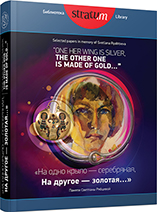
Keywords: Byzantium; Hilandar; Simonopetra; Czartoryski; encolpion; St. Sabbas; St. Sava; St. Simeon; minor arts
One of the most precious Byzantine objects in the collection of the Princes Czartoryski Museum in Krakow is the double-sided pendant in the form of a carved wooden medallion (9.8 × 7.2 × 1.5 cm) with a refined openwork filigree silver-gilt mount studded with pearls and garnets (inv. no. MNK XIII-475). There is a depiction of the Virgin and Child on the front and of three saints with a temple model on the back. Its features suggest that it was made in the second half of the 18th century, probably in one of the monastic centers on Mount Athos, perhaps at Simonopetra or — even more plausibly — at Hilandar; and all the more so if the figures depicted in the medallion actually are St. Sava, the first Serbian Archbishop, and St. Simeon, his father and the first Serbian king.
More...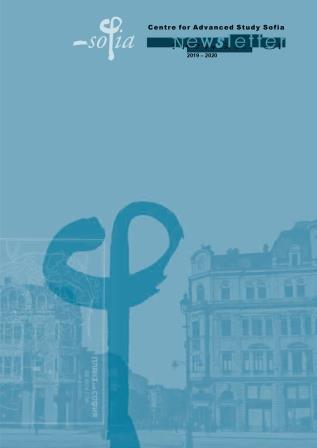
Keywords: Centre for Advanced Study Sofia Newsletter
Articles, pictures and interviews can be reprinted only with the consent of the Centre for Advanced Study Sofia
More...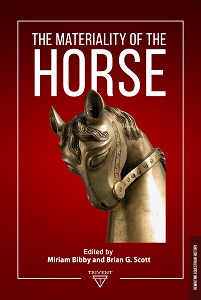
Keywords: Equestrian military equipment; Eastern Roman Empire; horse armor; saddle; stirrups; decorative devices.
This study examines artefactual, literary, and other evidence relating to equestrian military equipment of the sixth and seventh centuries from the reigns of the Emperors Justinian and Heraclius. Evidence from these sources are compared with that of territories and cultures outside the empire such as those of the Sasanians and Avars. Research questions explored and analyzed include: how widespread was the use of horse armor in the Eastern Roman army; were two types of saddle possibly in use; how widespread was the adoption of stirrups, newly introduced at this time; what evidence is there for equestrian decorative pieces; how was equestrian military equipment produced. Some major issues are analyzed: how widespread was the actual use of horse armors in the Eastern Roman army; the possibility of the usage of at least two different types of saddle; how widespread actually was the use of the newly introduced stirrups; the actual evidence for equestrian decorative devices; the production of the equestrian military equipment.
More...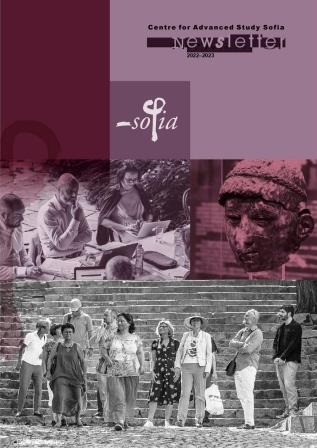
Articles, pictures and interviews can be reprinted only with the consent of the publisher.
More...